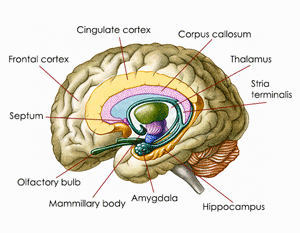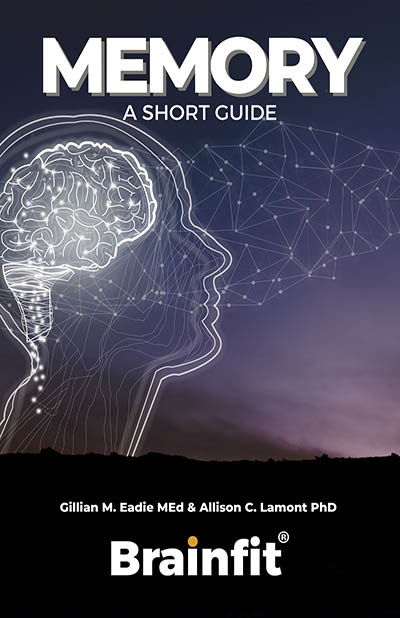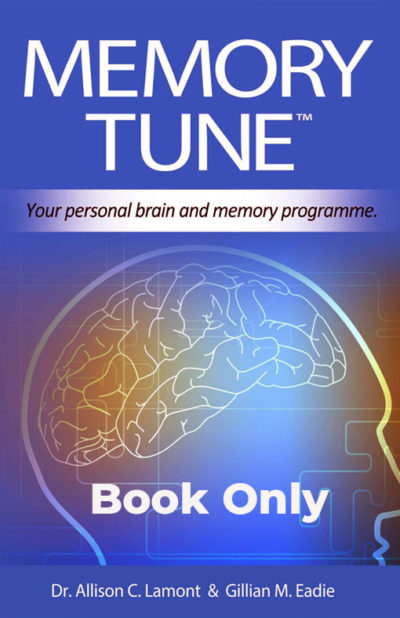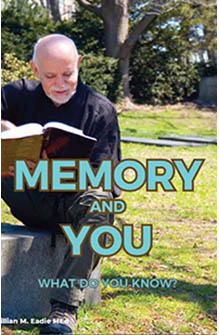People with chronic pain can sometimes wonder if they are losing their memory altogether. What is the connection between chronic pain and memory?
 Dr Lamont tells us that research has found a leading cause: the changes that take place in the hippocampus, a brain area critical for learning and memory. Neuroscientists have found the hippocampus and other parts of the brain are often smaller when someone has chronic pain.
Dr Lamont tells us that research has found a leading cause: the changes that take place in the hippocampus, a brain area critical for learning and memory. Neuroscientists have found the hippocampus and other parts of the brain are often smaller when someone has chronic pain.
BUT
This reduction in size can be reversed when the pain itself is treated.
Research studies
There are many ways — including exercises, medications and surgery — to get painful areas working again. For example, let’s look at painful hands. One of the most important remedies is through therapeutic exercises. 
Some exercises help increase a joint’s range of motion, while strengthening muscles around the joint. Some commonly recommended hand exercises follow.
[Note: If you have a serious hand, wrist, or arm injury, consult your doctor before leaping into the routines below. All exercises should be done slowly and deliberately, to avoid pain and injury. If you feel numbness or pain during or after exercising, stop and consult a therapist.]
Stretching exercises
Stretching helps lengthen muscles and tendons. Some repetitive tasks, such as typing on a computer or gripping gardening tools, can shorten muscles and leave them tight and painful. Do these stretches gently, until you feel the stretch, but without pain. Hold the positions for a count of 15 to 30 seconds to get the most benefit. These exercises are particularly helpful for tendinitis and tight forearm muscles, which are common in people who do a lot of computer work.
For each of these exercises, do a set of four repetitions, twice a day. Hold the stretch for 15 to 30 seconds and rest for 30 seconds between each repetition.
Wrist extensor stretches
- Hold one hand at chest level with the elbow bent.
- With the other hand, grasp the thumb side of the hand and bend your wrist downward.
- To increase the stretch, bend your wrist toward your little finger.
- Repeat the same exercise with a straight arm.
- Switch hands and repeat.
Wrist flexor stretches
- Hold one hand at chest level with the elbow bent.
- Grasp the fingers of that hand with the other.
- Pull the hand back gently.
- Repeat the same exercise with a straight arm.
- Switch hands and repeat.
Resisted isometrics
These exercises work muscles against resistance. Hold each position for 10 seconds. Complete one set of 10 repetitions once or twice a day.
Isometric wrist extension
- Hold one hand palm down on a table or other surface. Put your other hand on top of it.
- Try to raise the lower hand, but don’t allow it to move.
- Switch hands and repeat.
Isometric wrist flexion
Follow the same steps as above, but with your palm facing up.
For more information on the causes and treatment of hand pain, and strengthening strategies for hands, buy Hands: Strategies for strong, pain-free hands, a Special Health Report from Harvard Medical School.





Yawning is excellent…why?
An interesting question! Dr Lamont writes this response:
Researchers from both the University of Vienna the University of Arizona have found yawning is used to cool the brain. They found that people yawned more often when they pressed a warm or room temperature towel against their heads than when pressing a cold towel against their heads. People who breathe through their noses (thought to reduce brain temperature) did not yawn at all. The research explains why we yawn more when in a hot room; yawning will cool brain temperature, helping us back to alertness.
Jorg Massen (University of Vienna) says that cooling the brain works to improve arousal and mental efficiency. Spreading this behaviour happens because yawns seem quite contagious. From our far past, it seems that if one member of a group saw something threatening then yawning brought the whole group to peak alertness to deal with the threat. The way yawns seem ‘catching’ seems to be a response we haven’t lost – sometimes to our embarrassment!
Yawns are still a mystery of the mind.